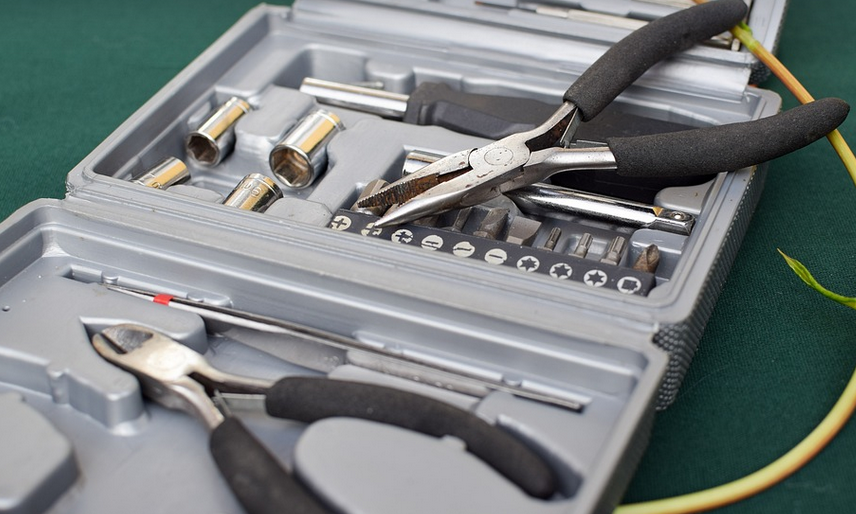Understanding Cylinders
Imagine a can of soda, or even a birthday cake with a swirl on top! You’ll notice that these objects share a common part: a round base and a curved surface. This shape is called a cylinder – a 3D object where the key factors are its **radius** (the distance from the center to the edge of the circle) and its **height** (how tall it stands).
There’s more to cylinders than just their appearance, though! Cylinders have specific properties that can be used for a variety of purposes. Understanding how to calculate their volume and surface area is crucial in engineering, architecture, physics, and even in our daily lives.
Finding the Volume of a Cylinder
The **volume** of a cylinder is how much space it occupies – think of it as the amount of “stuff” you can fit inside. It’s measured in cubic units, such as cubic centimeters (cm³) or cubic meters (m³).
To find the volume of a cylinder, we use the following formula: **Volume = πr²h**
Let’s break down this formula like a recipe for success when it comes to calculating volume. * **π (Pi)** is a mathematical constant that represents a circle’s relationship to the length of its circumference – it’s approximately 3.14159; you don’t need to be an expert mathematician to remember this!
**r** stands for the **radius**, the distance from the center of the cylinder’s base to any point on the edge. Think about drawing a line from the center of the cylinder all the way around until you reach a point on the edge; that line is the radius.
**h** represents the **height** of the cylinder – this is how tall the cylinder stands, just like we imagine a can of soda being filled with liquid.
Finding the Surface Area of a Cylinder
The **surface area** of a cylinder describes the amount of space that’s “covered” by its curved walls. It’s measured in square units; for example, cm² or m².
To find the surface area of a cylinder, we use this formula: **Surface Area = 2πr² + 2πrh**
Let’s break down this formula too:
**2πr²:** This part accounts for the area of the two circular faces of the cylinder, the top and bottom. You can think about these as a “circular door” on both sides. **2πrh:** This part calculates the surface area of one of the lateral faces; this is similar to what we discussed in finding volume.
To calculate the surface area, follow these steps:
Putting It All Together: Tips and Examples
Finding the volume and surface area of a cylinder can seem complicated, but it’s actually quite straightforward once you break down the formulas. Just remember to use the correct units for your calculations.
Let’s look at an example:
Example: Finding the Volume and Surface Area of a Cylinder
Imagine we have a cylinder with a radius of 5 cm and a height of 10 cm. We want to find both its volume and surface area.
First, let’s find out the **volume:**
Volume = πr²h = π * (5cm)² * 10 cm = 250π cm³ ≈ 785.4 cm³
Now, for **surface area**:
Surface Area = 2πr² + 2πrh = 2 * π * (5cm)² + 2 * π * (5cm) * (10cm) = 50π cm² + 100π cm² = 150π cm² ≈ 471.2 cm²
As you can see, the volume and surface area are easy to calculate once you have all of your measurements!
Conclusion: Mastering Cylinders
Understanding how to find the volume and surface area of a cylinder opens up a world of possibilities! Whether you’re designing furniture, building bridges, or even just visualizing the space inside a birthday cake, this knowledge is invaluable.
By exploring these concepts with practical examples and staying curious about their applications, you can master the art of working with cylinders. Remember, every challenge presents an opportunity to learn something new and exciting!
